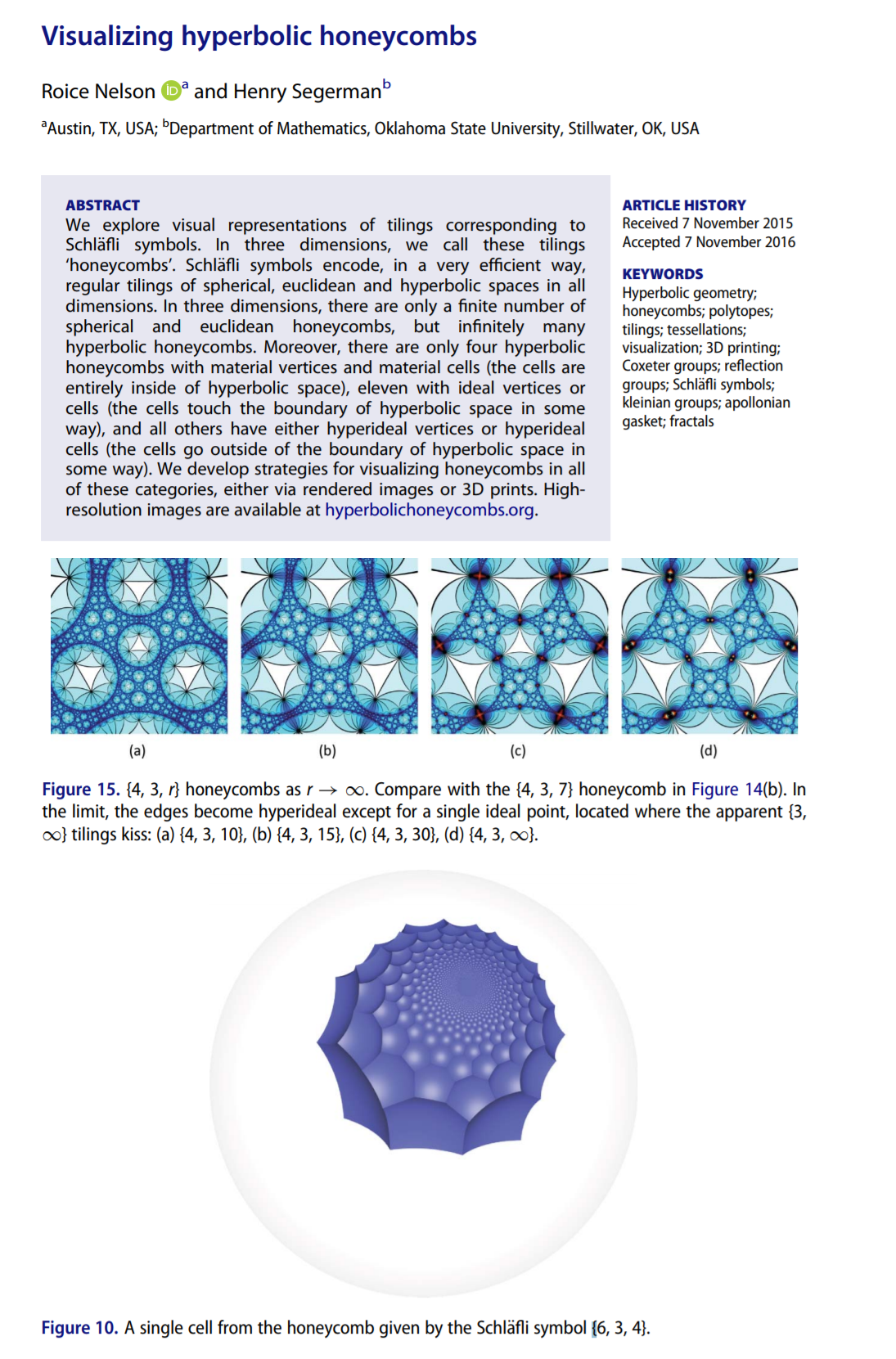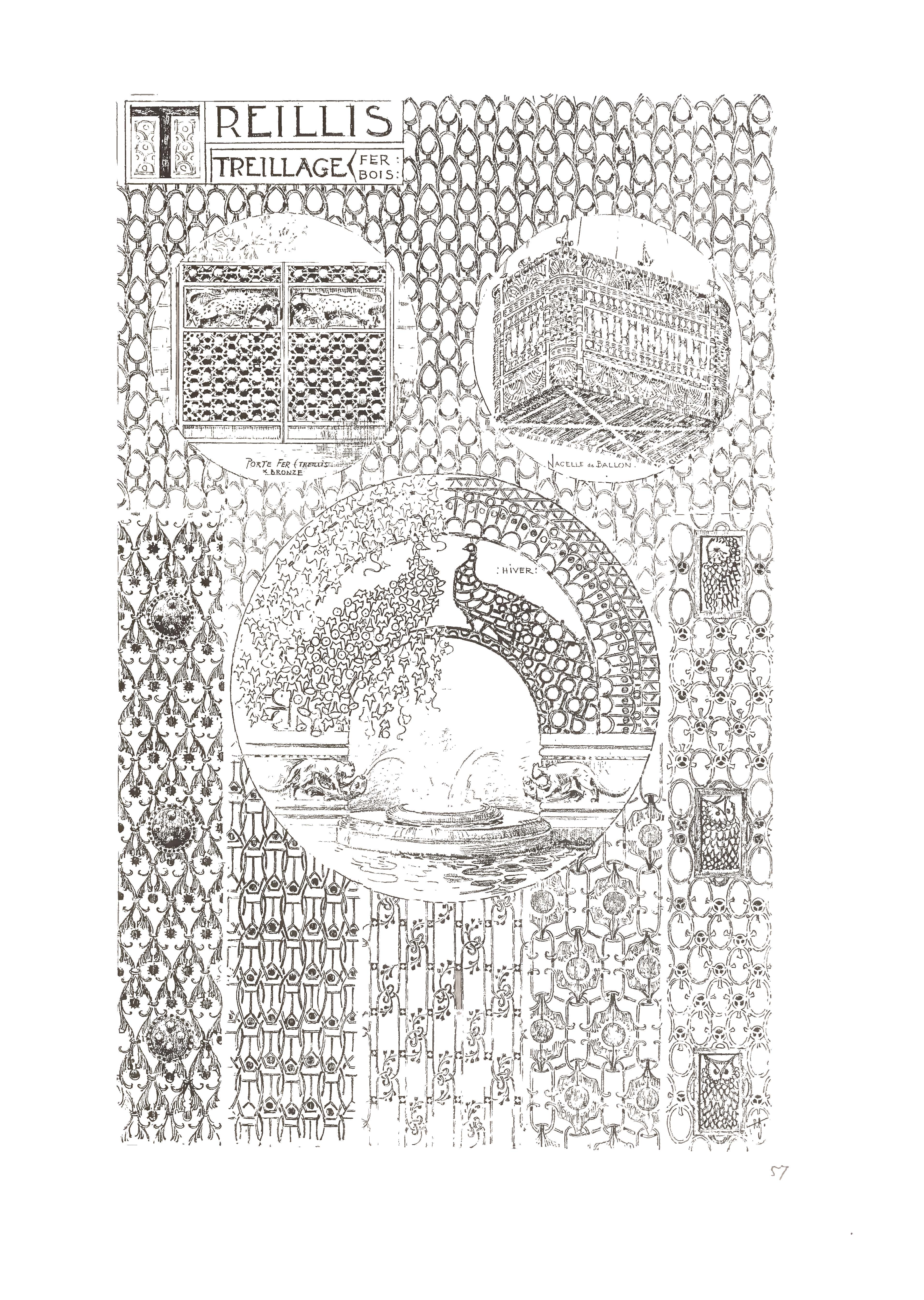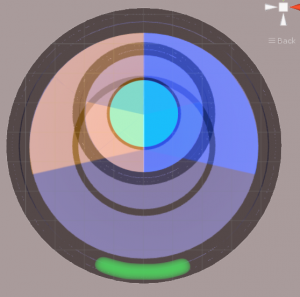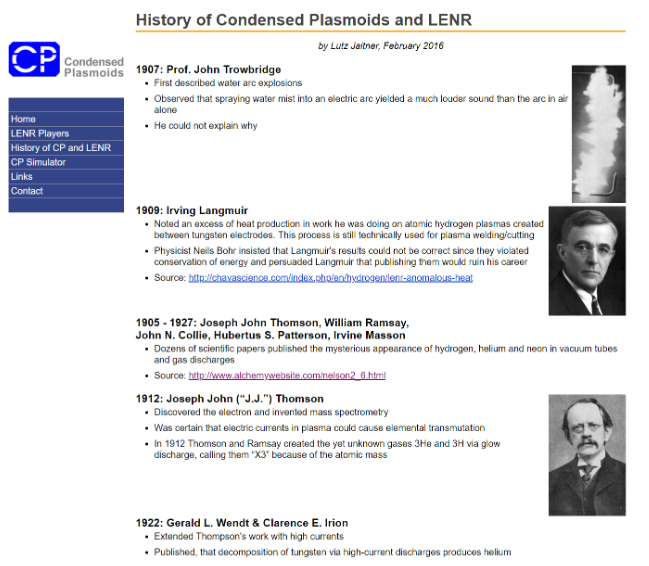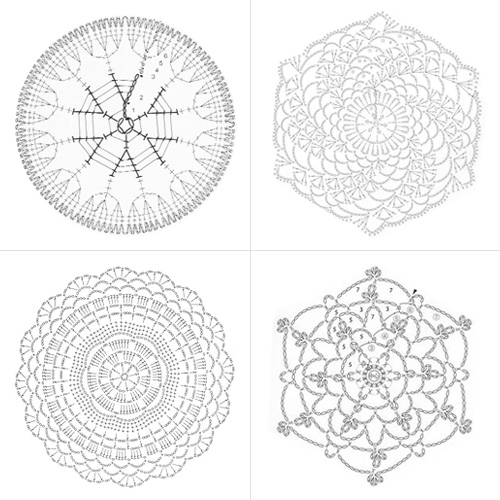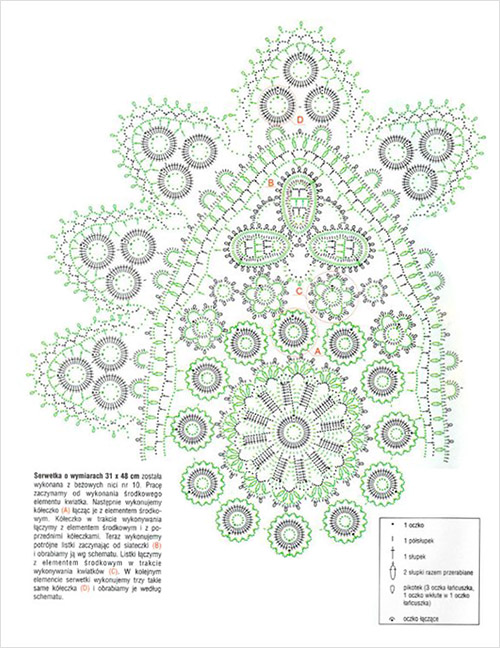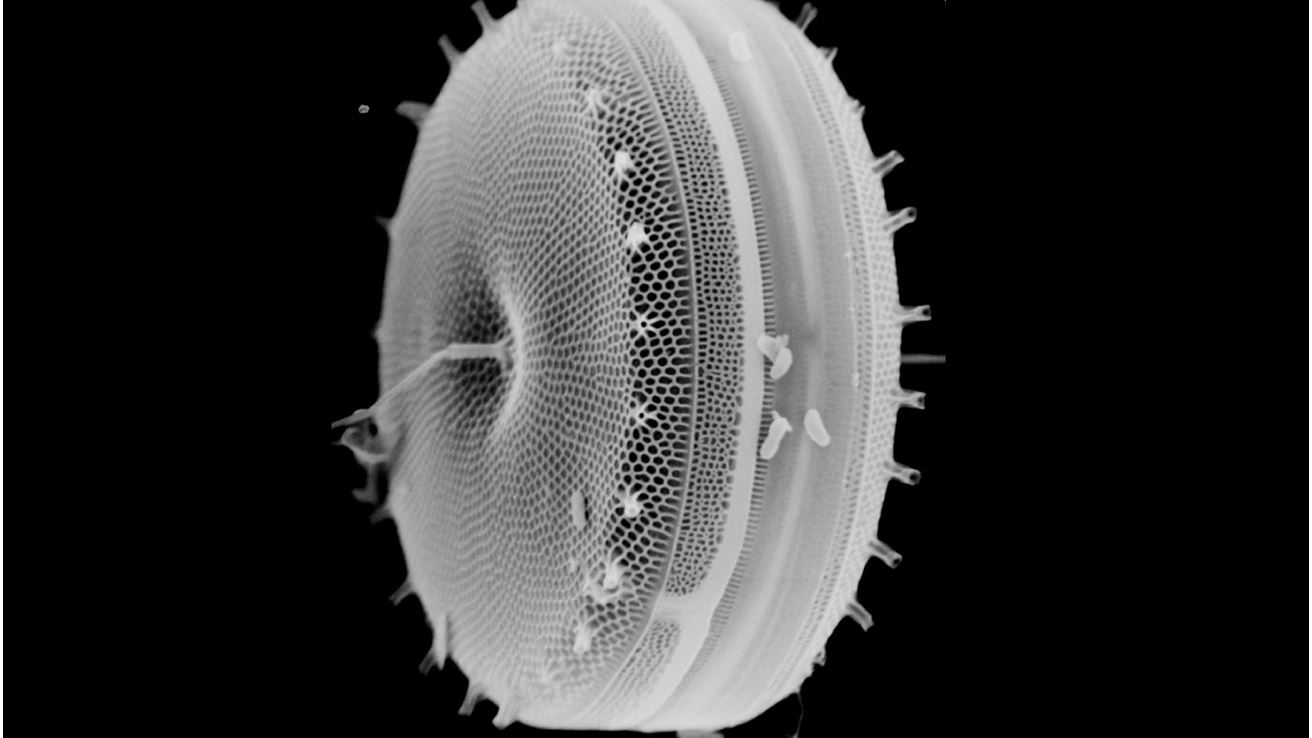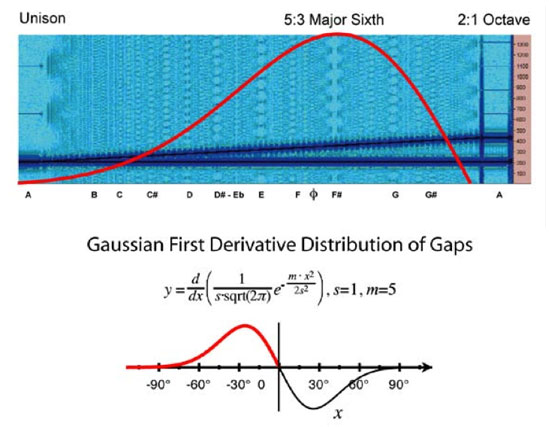https://youtu.be/H-iRXYRRGXQ
Hyperbolic Honeycombs
054 EU Meetup October 23th 2018
Crochet Pattern Contagion – Duplet – Space-Group Morphologies
Nearly every source of attribution for old crochet patterns found on the web remains a mystery. There exists a dark web of pattern swapping enthusiasts fostering a contagion spread that conceals its origin. But one source identified is the old Russian language Duplet Magazine – worth singling out for its graphic ordering of patterns in optical monochrome cells configured to its own space-filling logic. Close-knit windowpanes create a comic strip story of evolving symmetry – a biological taxonomy of tiny skeletal organisms – Haeckel’s Radiolaria or Baricelli’s number-shaped organisms? Duplet really leads a double life as a handbook of space-group morphologies.
When Form Ignored Darwin
In its 150 years of existence, Darwinistic evolution has failed to resolve the enormous theoretical difficulties which have confronted it since its very conception.
TRANSLATED BY JOHN BRUCE LEONARD
This article was originally published under the name ‘Quando la forma ignorò Darwin: introduzione alla scienza della morfologia’ (‘When Form Ignored Darwin: Introduction to the Science of Morphology’) in the excellent Italian journal Centro Studi La Runa, which publishes as well a number of articles in various languages beyond Italian. This original translation of ‘When Form Ignored Darwin’ will be published in three parts, with the next installment scheduled for next Friday, 26 October.
It is the belief of the editor that this current essay represents a first-rate philosophico-scientific critique of evolution, and, what is much more important, the vindication of a viable alternative, rooted in the best of the Western philosophical tradition; it is for that reason of exceptional importance, both toward vitalizing our stagnant intellectual debate on this subject, and toward rightly locating the biological question within the larger cultural struggle in which we are involved.
Part 1
The theory of Evolution was without a doubt one of most influential scientific theories in the culture of the 19th century, and it remains to this day the dominant theory, at least within the biological sciences. At the same time, however, and perhaps by reason of its longevity, no other theory has seen the devotees and the pillars which upheld it crumble to the same degree over the course of the years. As of today, evolutionism, by virtue of the advancement of studies in all correlated disciplines – from genetics to molecular biology, to paleontology, etc. – could be defined, without fear of exaggerating, as a theory now defunct, which survives exclusively in scholastic texts and in the books of those academics who still dare to defend it, albeit with a thousand caveats, a thousand ifs and buts.
Already from the beginning, from the publication of Charles Darwin’s The Origin of Species, the theory could claim illustrious critics of great scientific and philosophical depth. By the time of Darwin, works had already been published by the great men of morphological biology, which is to say, by the champions of that philosophical tradition which only later became scientific – a tradition dating back to Aristotle, which reads the transformations of life in the light of form rather than in adaptation by natural selection. After Aristotle, these great thinkers of life respond to the names of Linnaeus, Cuvier, Saint-Hilaire, Goethe, Von Baer and, at the beginning of the 20th century, D’Arcy Thompson, Kleinschmidt, Dacqué, Westenhöfer, Portmann, Sacchetti in Italy, and, in more recent times, also in Italy, Giuseppe Sermonti (among the advocates of the Structuralists of Osaka group), and Roberto Fondi, a paleontologist from Siena – only to name the foremost of them. Before passing over to analysis of the question, it is necessary, however, to clear the field of a number of prejudices which are to be found even amongst academics, and which hinder calm and constructive scientific debate. In the first place, as of today, all the polemics and debates on this issue seem to be reducible to a true ideological disagreement between the hard-line creationists, or, as we might define them, the fundamentalists of creationism, and the pure evolutionists, meaning those who sustain the modern version of Darwinism, so-called Neo-Darwinism – which is to say, Darwin enriched by the discovery of DNA.
The Universal Harmonic Pattern of Life
The discussion now brings us to a definition of life based on the physical process behind the formation of harmonics in a circular or spherical container. Properly defining this process is essential in understanding the physics guiding evolution and the patterning process of organic growth. As we will see, the geometry of life can be traced back to one universal pattern of harmonic interference.
Fig. 10
Not too surprising, this universal pattern can be easily found using a ‘Blackman spectral analysis’ of two musical tones diverging at a constant rate from unison upward to an octave (Fig. 10). Reproduced here with a built-in function in Adobe Audition®, the analysis reveals the spacing and size of resonant gaps that form naturally according to small whole number harmonic ratios, just as Pythagoras had discovered over 2,500 years ago. Each gap corresponds to a simple musical proportion, such as the 3:2 ratio of a perfect fifth, 4:3 perfect fourth and the highly resonant 5:3 major sixth – the widest gap of all.
053 EU Meetup October 16th 2018
Lightning strikes in #RPV as storm cells move onshore near Long Beach @abc7chriscristi @RobertGluckman @NWSLosAngeles @ABC7 pic.twitter.com/P6ds2nKGHh
— christina heller (@CHellerTVNews) October 13, 2018
https://youtu.be/1gFqZRz6cSI



